One aspect of new car design which is fun to follow is how trends spread from one vehicle manufacturer to another. A particular design feature may appear one year, and before you know it, other car makers are adapting it. It can start one down the path of wondering, just where did the idea originate?
Recently we have witnessed styling flourishes like blended-in door handles and floating roofs spreading like weeds. Technical features like hidden headlights and folding hardtop convertibles have also peppered the automotive landscape. But how new are these ideas? There’s the cliché “there’s nothing new under the sun”, and while not 100% accurate, you may be surprised to learn how far back in automotive history some so-called “modern trends” go. Read along while we explore four such trends.
1. Retractable Hardtop Convertibles
Starting in the mid-1990s, car manufacturers began offering a best-of-both worlds feature: convertibles with solid metal roofs, which at the push of a button would raise, fold, and lower themselves in the trunk, converting the hardtop into a true convertible. The 1995 Mitsubishi 3000GT is credited with being the first retractable of the modern era, and it was quickly followed to market by the 1996 Mercedes-Benz SLK. In their wake came retractable hardtop convertibles from vehicles as varied as the Pontiac G6, Mazda Miata, Chrysler Sebring/200, BMW Z4 and 3-series, Cadillac XLR, and Infiniti G37.
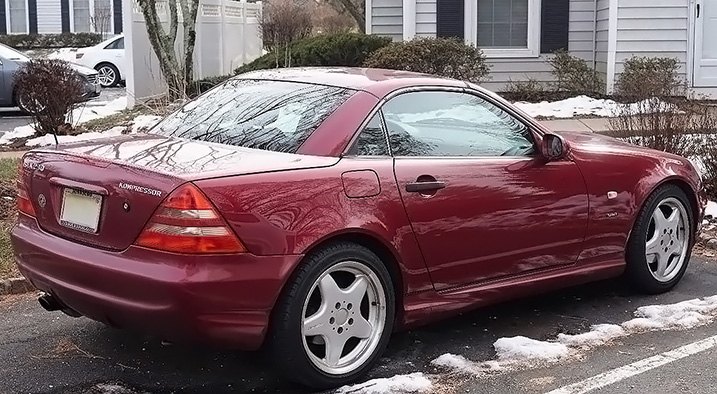
But how new is the idea? It turns out that European brands Peugeot and Lancia both built functional retractables before World War II, although theirs were not built in appreciable numbers. The car given credit as the first mass-produced retractable hardtop is the Ford Skyliner, built from 1957-1959. Ford sold an amazing 46,000 units over that three-year period, and they are prized today by collectors.
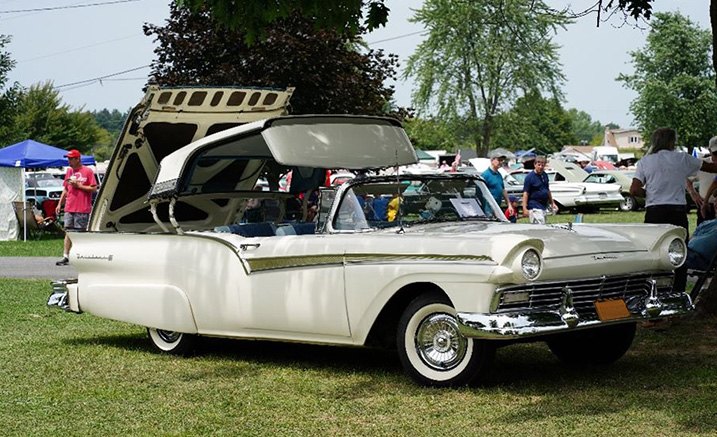
2. Hidden Headlights
For as long as U.S. vehicles were required to install round or rectangular sealed-beam headlights (a 45-year period from 1940 to 1985), car stylists had their hands tied. No matter how cleverly they blended the lamps into the overall design, those headlights had to be there. The only available workaround was hidden or concealed headlights. These were necessarily complex and expensive, as there had to be a mechanism to expose the lights at night. Throughout the ‘60s and ‘70s, GM, Ford, and Chrysler fitted hidden headlights on upscale models like the Sting Ray, Riviera, Cougar, and Charger. Later, when aerodynamics became more important, there was a second surge of concealed lights, this time, employed as a way to make front ends lower and smoother. The Mazda RX-7 and Miata, Porsche 924 and 944, Honda Prelude, Acura Integra, and Nissan 300ZX are just a few examples of sporty machinery from the ‘80s and ‘90s with low front end designs incorporating hidden headlights.
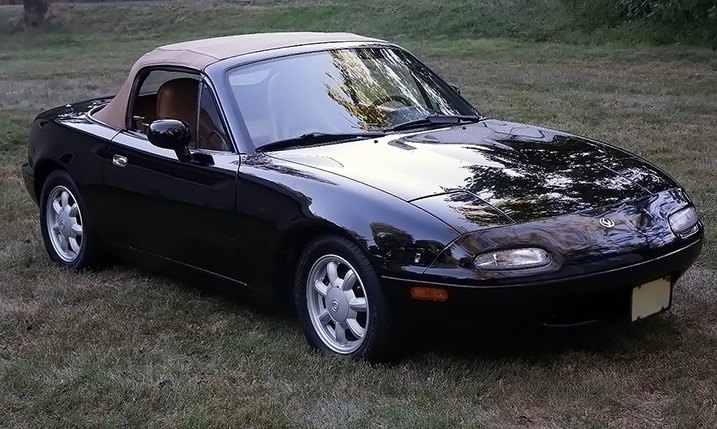
But how new is the idea? Looking at one particular automotive design, the Cord 810 and 812 of the 1930s, we see a smooth ‘coffin shaped’ nose as it was called, with equally smooth fenders. Nothing on the fenders is impeding airflow. So where are the headlights? They are hidden behind doors in the fenders, one of the first applications of concealed headlamps. While the Cord was not a commercial success (the company went out of business soon after this model appeared), it demonstrated how clever engineering, even in the 1930s, could make a car’s front end look exceedingly smooth.
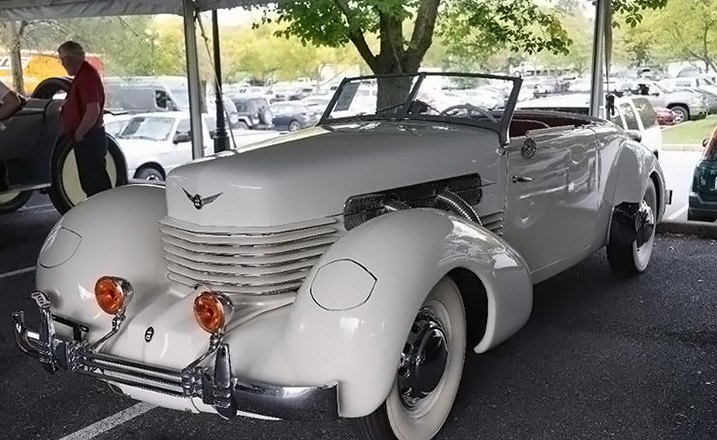
3. Blended-in Door Handles
Glance at a modern vehicle like the Honda HR-V or the Toyota C-HR and you’d be forgiven for thinking these vehicles are really two-door models. The stylists have cleverly hidden the rear door handles up in the C-pillar. It gives the impression that not only is it sportier, it’s also smoother along its flanks. This particular design may have originated in the Nissan Pathfinder of the 1980s which had its rear door handles similarly hidden. Raising the door handles provides the opportunity to move them up and away from the relatively flat door sides, where they cannot help but be a protrusion.
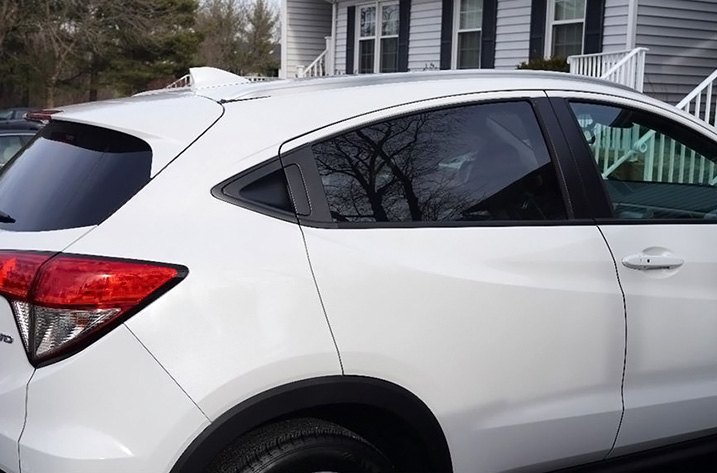
But how new is the idea? Stylists seeking smoothness have long been aware that large chrome door handles jutting out from a car’s sides have the opposite effect. Going all the way back to the Packard of the 1950s, we will see that cleverly, the door handles were raised to the beltline (the horizontal line formed by the bottoms of all the exterior glass) and blended in with the chrome molding. Similarly, the 1961 Ford Thunderbird featured door handles raised and blended into the full-length chrome strip running along the top edge of the car. In both cases, attention was successfully drawn away from the door handles.
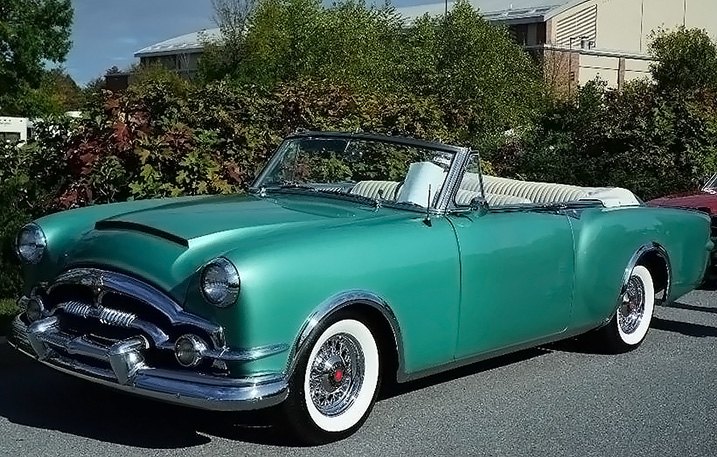
4. Floating Roofs
Above, we discussed how car designers have historically tried to hide certain necessary elements like headlights and door handles. Recently, stylists have taken the opposite tack with the so-called “floating roof” where attention is drawn to the roof panel by use of a different color or a contrasting accent. Nissan’s Murano may have begun the floating roof styling exercise by using black paint and bright trim on the D pillar to visually separate the roof from the body. Vehicles like the Volvo XC40 stress the availability of a light or dark color roof contrasting the body color. Many other car makers have picked up on both these trends.

But how new is the idea? Car designers have watched this pendulum swing back and forth for years, first trying to blend in the roof, then trying to draw attention to it. Looking at General Motors cars from the late 1950s through the mid 1960s, we see that on some models, GM called attention to the roof by both painting it a contrasting color and extending it out and above the rear glass, the so-called flat roof. It gave the effect that the roof floated above the glass.

Automotive design has evolved through the decades and continues to do so. Engineering advances along with consumer tastes help drive the trends. However, as we have seen with these four examples, not everything that’s “new” is truly new. You might say that styling sometimes takes two steps forward and one step back (into the past). It is entertaining to watch these stylistic trends evolve, but before you exclaim that a new car has a “new” design, you may want to check that it truly is new!

